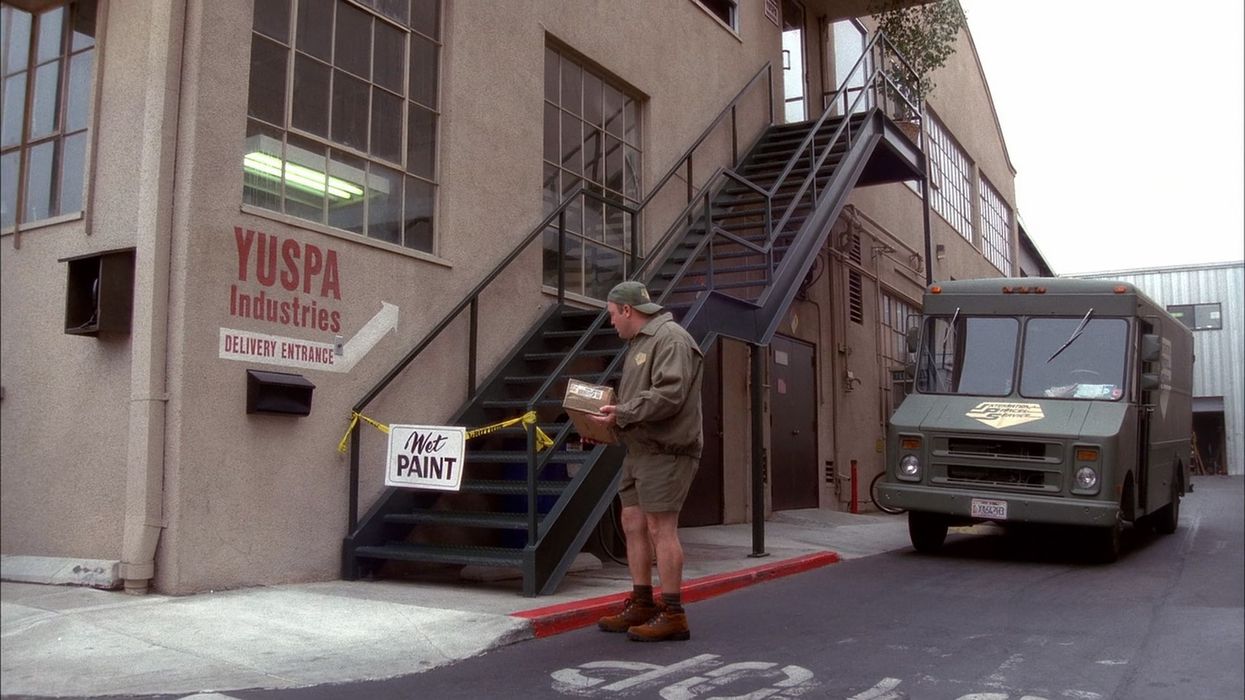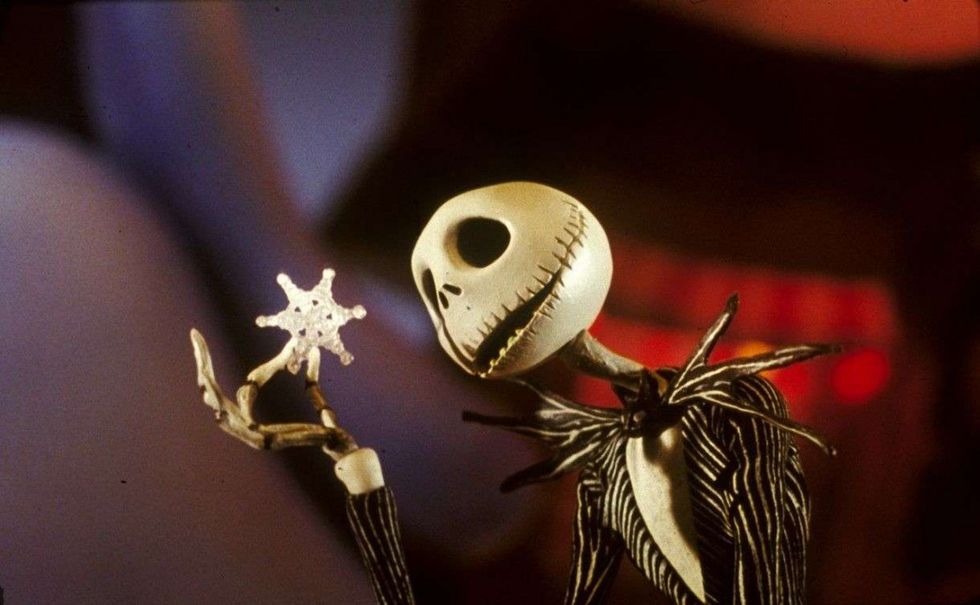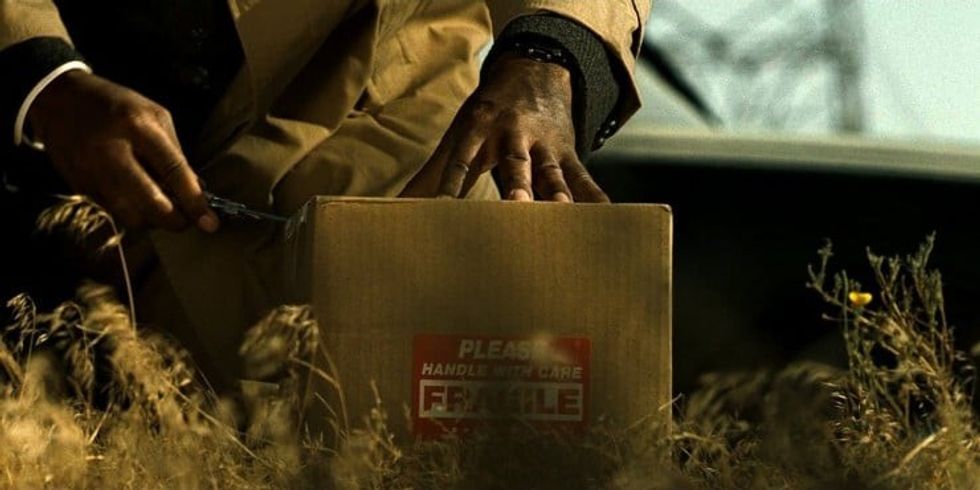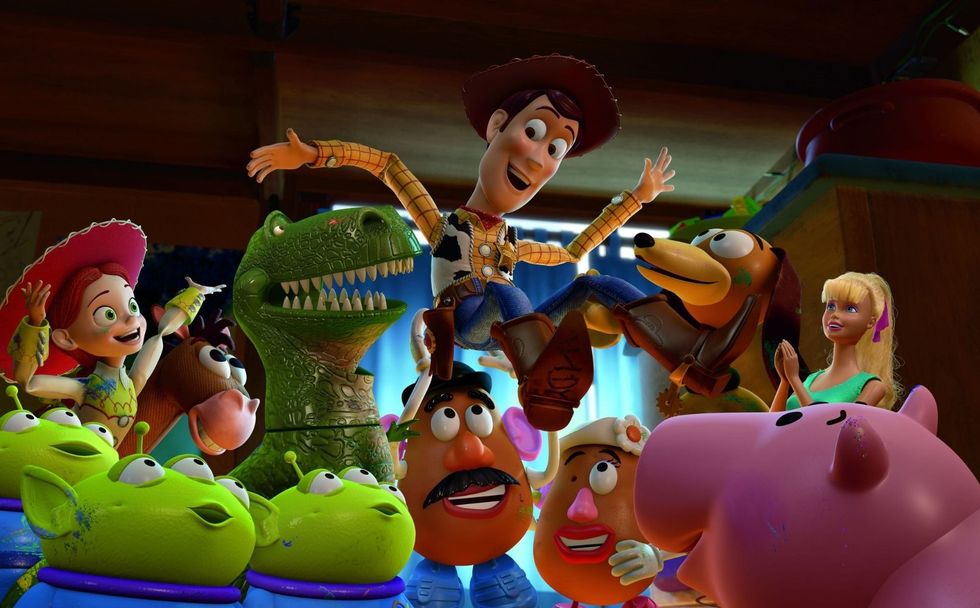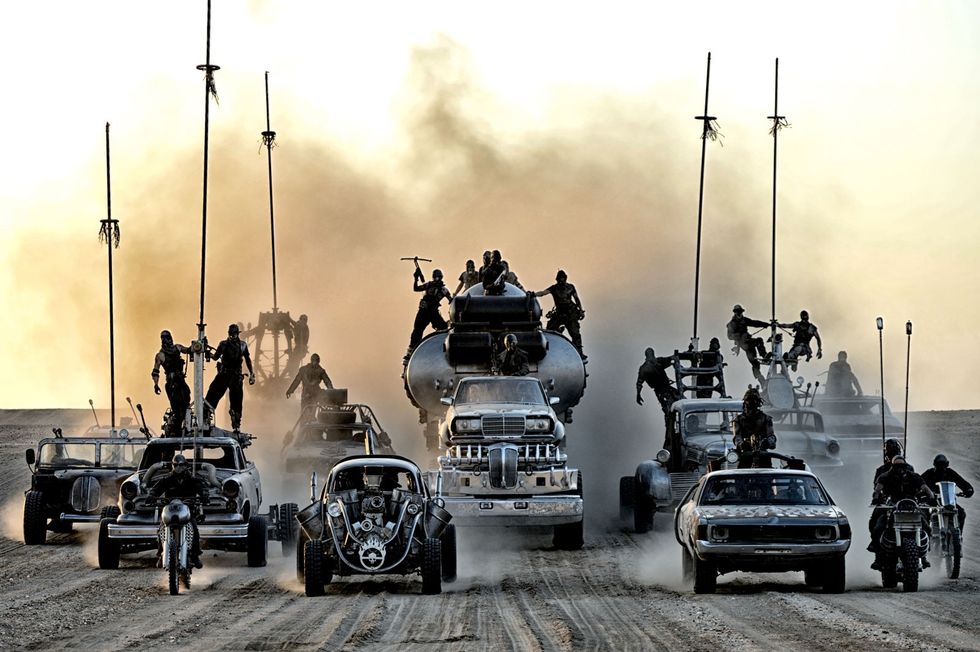Why 'Cameras Are Our Consciousness' in the Age of Cinematic Docs
Two filmmakers share techniques and tools for getting your meaning across visually.
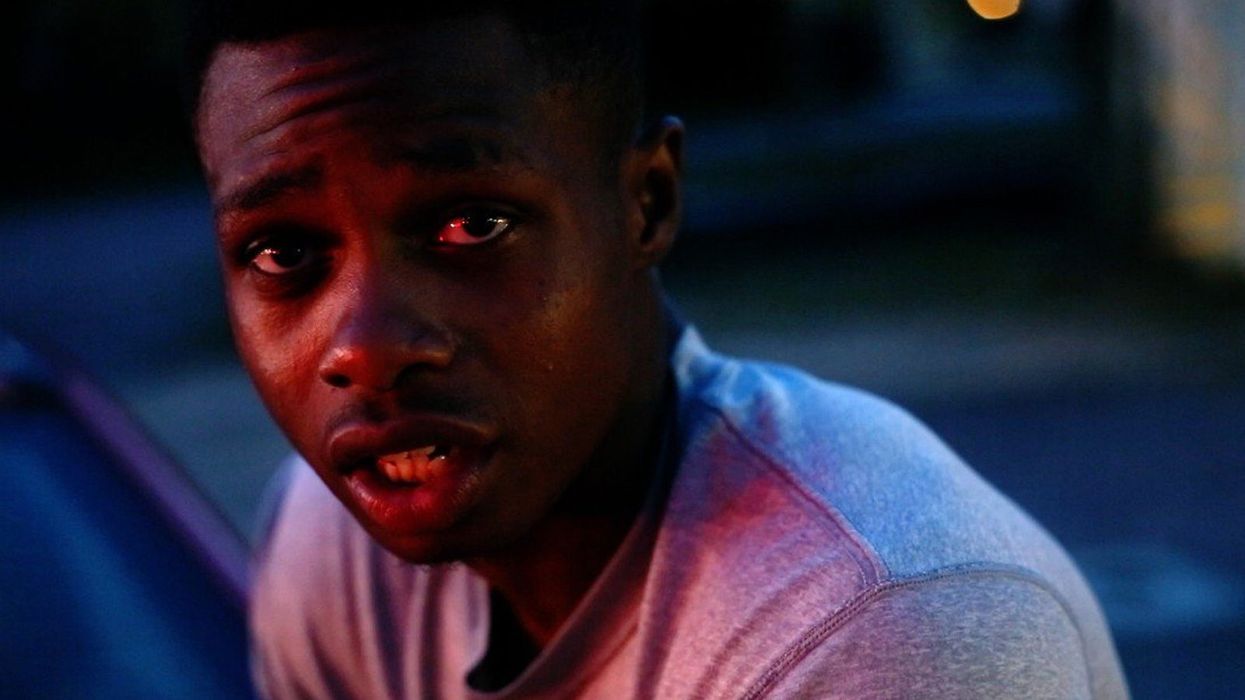
In this burgeoning era for documentaries, visuals of the form have become more important than ever, and many doc filmmakers are breaking the mold of traditional visual storytelling. In a discussion called Focus on Cinematography–New Ways of Seeing, moderator Krishan Arora sat down with two visual artists with documentaries at this year's Sheffield Doc/Fest, and together they delved into both the how and why of some of the cinematic choices made on their recent films.
RaMell Ross is an artist based in Rhode Island and Alabama. In 2016, he won the Aaron Siskind Photographer's Grant and a Rhode Island Foundation McCall Visual Artist Fellowship. He’s a Mellon Gateway Fellow at Brown University and a Sundance Art in Nonfiction Fellow. His film Hale County This Morning, This Evening won a special jury award for creative vision at this year’s Sundance, and the movie is being theatrically distributed in the United States. Hale County is a rambling montage set in Alabama, where Ross spent five years documenting African American families.
Joining Ross and Arora on stage is Maceo Frost, from Stockholm, Sweden. Frost is at the festival with the film Too Beautiful: Our Right To Fight, filmed in Cuba and centered on a female boxer, Namibia. Cuba boasts some of the world’s best boxers, and women are banned from the sport. Frost shot some of the film, as did Director of Photography Leonel Cabrera. Ross and Frost discuss their approach and the tools they use to get there. Watch the entire discussion here, or read our top takeaways below.
"If you don’t have a big rig and you can keep the camera really small, then you're able to cross a boundary from pointing at things to ingesting them."
Cameras as extensions of our bodies and consciousness
Ross reflects on shifting from a large format camera (where the photograph goes under a hood and the image comes in backwards and upside down) to a portable DSLR; Hale County was shot on a Canon DSLR, the 5D Mark iii. “The Mark iii allows you to attach the camera to your body and it becomes an extension of your eye and to a greater, more fluid sense, an extension of consciousness. If you don’t have a big rig and you can keep the camera really small—keep the mic small and the lens small— and you really practice using the camera as an extension of your eye, then you're able to sort of cross a boundary from pointing at things to sort of ingesting them and observing them in the way in which you more naturally would.”
For Frost, the size of the camera doesn’t influence how he uses the tool in such a fundamental or theoretical way, though he appreciates that smaller cameras have their benefits: “You can be quicker and you can run around and you can roll in the dirt and get under a corner.”
Frost considers himself lucky that his main character was so natural in front of his lenses. “Some people aren’t affected at all with a camera in their face; some people see the camera and they change a little bit and they need more time,” he says. “Namibia was super confident and when we put the camera on she just kept doing whatever she was doing. That’s the dream for a documentary filmmaker.”
What tools are right for bright?
Too Beautiful is filmed partially in a gym where the filmmakers weren’t supposed to be recording. The Blackmagic Pocket Cinema Camera, which Frost describes as about the size of a phone, enabled the filmmakers to keep a small and stealthy footprint. In the gym, Cabrera shot on the Blackmagic while Frost used a 16mm camera.
Frost’s choice of camera was influenced by the particular colors and textures that abound in Cuba, and by the bright Cuban sun. “The sun is so strong and the contrast is really heavy from the sun to the shadows,” he says. “We underexposed so the highlights are never blown out, and we lifted the blacks and get this grainy sort of feeling that kind of mimics 16 millimeter. It just looked really nice. I’ve tried to do it in Sweden and it doesn’t work; you have to do it somewhere with lots of colors and textures.”
"I think it’s really important to bring the contemporary aesthetic to the historic South, which is traditionally shot with an older sort of Instagram filter thing."
Hale County was shot on a Canon 5D Mark iii. “I moved to Canon because its baseline output is kind of perfect,” Ross says. “I shot it at its Standard [setting] and it renders colors well. I wasn’t shooting RAW so I think the dynamic range could have been better if I was, but it renders really deep shadows, really contrasty… and I think it’s really important to bring the contemporary aesthetic, the contemporary visual world, to the historic South, which is traditionally shot with an older sort of Instagram filter thing, which I think relates to the way people relate to progress in the South.”
Prime trends in glass
For Too Beautiful, Frost used a Nikon lens that his mother had found at a market. “It’s from the '70s or something,” he says. “It’s nice because gives character to the footage. Sometimes when you use new lenses it just becomes so sharp, and you lose some sort of personality.”
“We’re seeing a trend towards older glass,” weighs in Matthew Yates, a representative from Canon. “Modern lenses are very good; the optical quality is very good. But with this increase in resolution things can be almost a bit too sharp. People are trying to differentiate and also period-match their lenses, so if you’re doing something based on a historical documentary then filming with a modern lens doesn’t look quite right.”
Differentiation occurs at all levels, and the “character” from the glass comes largely from flaws that engineers have since designed out: flair and aberration and coatings, which can affect color. “Filmmakers are trying to differentiate themselves from other productions or other mediums, and crucially from smartphones.” While color grading and bit-rate and a host of other factors affect the image and can be played with in post, the choice of lens remains an intrinsic—and baked in—component of the image.
"If you’re doing something based on a historical documentary then filming with a modern lens doesn’t look quite right."
For Hale County, Ross liked the 50mm based on its closeness to human perspective, the Canon 24-105mm for its ability to get in close, and the Canon 24-70mm for its 2.8 aperture. “I shoot the eclipse in the film and I used a 400mm lens for that; it’s whatever it takes for whatever you’re getting.”
Frost began liking prime lenses, though he has moved towards zoom lenses as they enable him to miss less. “I just spend time in grading to get the look that I want,” he says. “And I like dramatic zooms.”
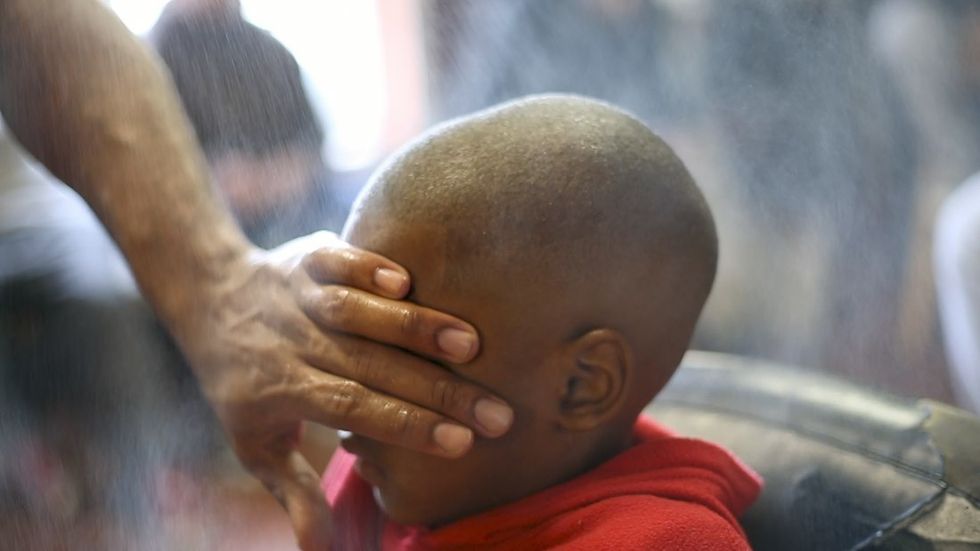
Cinema as the power to control visual destiny
Ross reflected on closeness of photography and film: “Cinema’s in some ways the slave to photography.” To Ross, a major difference between the two media is time. In photography, coming from a conceptual sociological perspective, Ross aims to try and put as much as possible into one single frame so the frame becomes the site of an entire universe. Ross sees cinema as using one moment to prove the next moment to prove the next moment; cinema is less about the grandiosity and potential of a single frame. The meaning-making connected to image creation holds his interest: how we have the power to control one’s visual destiny.
While shooting portrait photography of his students, Ross found that while the images could be potent, they seemed to present a totality, when they were actually a wild reduction of the individual’s reality and personality. In an attempt to counteract this and shift the power dynamic, Ross had his students write one word that described themselves in their photos. From this project, it was a natural progression for Ross to move into film. “I needed to find a way to undermine that sort of totality that photography offers,” Ross reflects. “While photographs are incredibly powerful and influential, they just don’t hold consciousness the same way that time does.”
“I was very interested in resisting that in a narrative, and just participating in the life of someone.”
Repeating shots
Frost’s film repeatedly shows Namibia at an old sports center. “In terms of storytelling what I find interesting is repeating the same shot a couple of times,” Frost says, “but every time it being a little bit different.” At the strongest moment in the film Namibia is running up the staircase; later she is shown seated on the steps, gazing at her hands. “Every time the shot comes back it has a different emotion,” Frost says. “Now we go into the shot and later we move out of the shot, so those are some good things to think about, if you want those movements to symbolize a lot of emotion.”
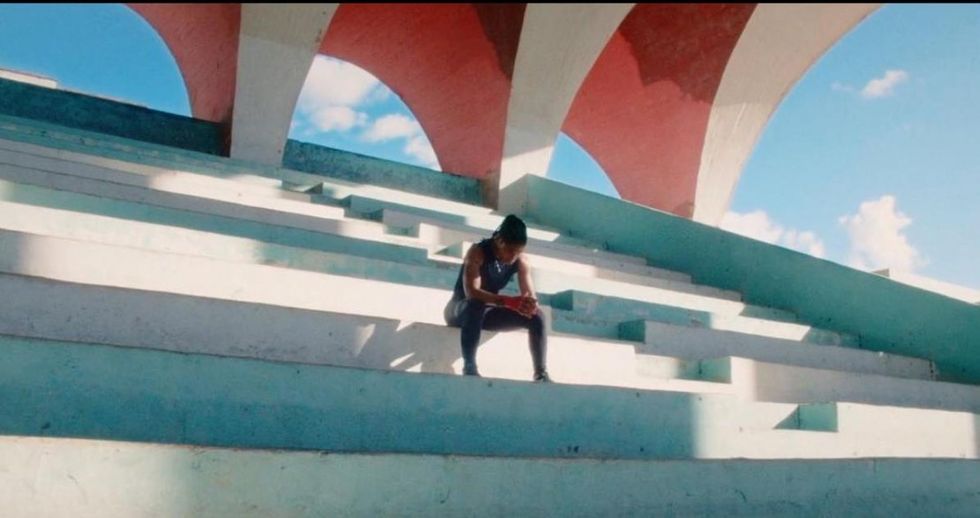
Associative editing and meaning-making
Hale County is made up visual movements and follows more of an orchestral model as opposed to a three-act structure. In his work, Ross is looking to move away from a struggle narrative and preconceived notions of struggle and opposition. While struggle is connected to being a human, he believes that media production and the persistence of most narratives around African American lives being so couched means that the other elements of the subjects are limited or ignored: their cultural and their potential is taken away when they are seen in a constant fight against oppression. “I was very interested in resisting that in a narrative, and just participating in the life of someone,” he says. “How do you relate to someone if you don’t have a story about them?”
The film has a style of editing that is conceptual as well as fluid: a thrown ball to a character who then puts on a helmet and looks left followed by a boy on a bike, then a girl on a bike, then a guy on a horse, then another guy on a bike… “All those moments were just moments that occurred while I was hanging out with my guys,” Ross says. His approach was to be in a place long enough for the most imaginative or the most undirected moments to unfold naturally.
Featured image from 'Hale County This Morning, This Evening'
Source: Sheffield Doc/Fest
